Snorkeling opens a window to an underwater world of vibrant coral reefs and curious marine life – all without the need for heavy scuba gear or extensive training. For first-timers, snorkeling is an accessible adventure, but heading out uninformed can turn excitement into anxiety.
What should a beginner snorkeler know before their first swim? From picking the right mask and fins to understanding ocean safety and reef etiquette, a bit of preparation goes a long way.
In this comprehensive guide, we’ll cover everything a beginner needs for a safe, enjoyable, and eco-friendly first snorkel. You’ll learn how to choose and use your gear, practice key techniques, respect marine environments, and stay safe in the water.
With these tips (and a buddy by your side), you’ll be ready to float above the reefs with confidence and care, making amazing memories on your very first snorkeling adventure.
Snorkeling Basics
Snorkeling is simply observing the underwater world from the surface using a mask to see and a snorkel tube to breathe. Unlike scuba diving, there’s no complicated equipment or certification needed – just basic swimming ability and a sense of adventure. This makes snorkeling an ideal introduction to underwater exploration for beginners. You can literally jump in and start exploring shallow reefs or calm bays after just a short briefing.
Beginner-friendly benefits:
-
Easy to Learn: Snorkeling is incredibly easy to pick up, even for non-swimmers. You simply breathe through a snorkel tube, float on the surface, and kick gently with your fins to move.
-
Low Impact Exercise: Snorkeling provides a great workout without straining your body. It’s a full-body exercise, engaging your core and legs as you float and kick, but it’s gentle on the joints.
-
Affordable and Accessible: Unlike scuba diving, snorkeling doesn’t require expensive equipment or certification. You can rent gear easily or even buy an affordable starter set for continued use.
Safety and enjoyment:
Yes, snorkeling is generally considered safe for beginners when you follow basic safety guidelines, including using the buddy system and practicing in calm waters. Snorkeling is a surface activity, so you can easily rest or stand up if you feel fatigued. However, it’s important to be cautious and respect the ocean environment, especially if you’re new to the sport.
Choosing the Right Snorkeling Gear
The right gear makes all the difference in your snorkeling experience. When you're just starting out, it's important to choose comfortable, high-quality equipment to make sure you stay safe and enjoy your time underwater.
Snorkel Mask
The mask is arguably the most important piece of snorkeling gear, as it allows you to see clearly underwater. A good mask should:
-
Fit properly: It should create a good seal around your face without pinching. To check the fit, place the mask on your face and gently inhale through your nose. If it stays on without the strap, that means it seals well.
-
Clear lenses: Choose a mask with tempered glass lenses for durability and scratch resistance. Some masks come with a wider field of view to help you see more of the underwater world.
-
Anti-fog treatment: Masks tend to fog up when you’re snorkeling, so it’s helpful to apply anti-fog solution or use baby shampoo as a defogger. Make sure the mask is clean before use to avoid fog buildup from manufacturing residue.
Snorkel Tube
The snorkel allows you to breathe while your face is submerged. Look for a dry snorkel, which has a valve at the top that prevents water from entering the tube when you dive below the surface. This is especially helpful for beginners who are still getting used to the gear.
Additionally, check for the following features:
-
Purge valve: A one-way valve at the bottom of the snorkel allows you to clear any water that enters the tube by exhaling forcefully.
-
Comfortable mouthpiece: The mouthpiece should fit comfortably in your mouth. Some snorkels come with ergonomic designs that reduce jaw fatigue.
Fins
Fins make swimming more efficient by helping you move through the water with less effort. As a beginner, you should choose fins that are comfortable and easy to use:
-
Full-foot fins: These are slip-on and ideal for warm waters. They provide a comfortable fit without the need for booties.
-
Adjustable open-heel fins: These fins can be adjusted to fit your foot, and they’re worn with booties. They’re great for colder waters but can be more challenging for beginners.
Optional Gear:
-
Snorkel Vest: For extra buoyancy, a snorkel vest is highly recommended, especially for beginners. It helps you float effortlessly on the water’s surface and reduces the chance of fatigue.
-
Rash Guard or Wetsuit Top: Even in warm waters, a rash guard provides protection against the sun and minor abrasions from coral. In cooler waters, a full wetsuit can help keep you warm.
-
Reef-safe Sunscreen: Protect your skin and the ocean by using reef-safe sunscreen. Regular sunscreen contains harmful chemicals that damage coral reefs. Apply it generously before you go in the water and reapply as needed.
Recommended: Best Portable Underwater Thrusters for Divers and Snorkelers
Proper Snorkeling Techniques
Now that you have the right gear, it’s time to get into the water. Mastering basic snorkeling techniques will help you feel more comfortable and confident.
Breathing Through the Snorkel
Breathing through a snorkel feels different from regular breathing. The key is to stay calm and practice controlled, deep breaths. Here’s how:
-
Inhale slowly and deeply through your mouth, not your nose. Your mouth should remain gently on the mouthpiece throughout your time in the water.
-
Exhale steadily through your mouth. Don’t rush your exhale – this helps you remain relaxed and conserve air.
-
Relax and enjoy the rhythm of the water as you breathe in and out.
If you start feeling anxious, focus on your breathing. Deep, slow breaths help calm your nerves and keep you buoyant.
Kicking with Fins
Your fins are there to help you swim efficiently, but you don’t need to kick hard. A steady, gentle flutter kick is the best way to move smoothly through the water. Keep your legs straight with a slight bend in the knee and kick from the hips. Avoid flailing your legs; instead, aim for long, relaxed kicks that help you glide across the water.
Floating and Maintaining Buoyancy
The most important thing for beginners is to stay relaxed and let the water support you. If you start to feel nervous, float on your back to rest. Buoyancy is your friend – in saltwater, you naturally float because of its higher density. Wearing a snorkel vest can provide extra buoyancy if needed.
Remember, snorkeling isn’t about speed or strength. It’s about enjoying the underwater world at a slow and steady pace. Once you’re comfortable in shallow water, you can begin exploring deeper areas at your own pace.
Clearing Water from Your Snorkel and Mask
Sometimes, water will enter your snorkel or mask. The key is to remain calm and know how to clear it:
-
Clearing the snorkel: If water enters your snorkel, exhale forcefully to push it out. If you’re using a dry snorkel, most water won’t enter. If you’re using a standard snorkel, make sure you practice clearing it by blowing air through the tube.
-
Clearing the mask: If water enters your mask, tilt your head back and exhale through your nose to force the water out. This clears the mask and allows you to continue snorkeling.
Practice these techniques in shallow water before heading out to deeper areas. The more you practice, the more confident you’ll feel.
Recommended: Top 6 Best Underwater Scooters Under $600
Respecting Marine Life and the Environment
Safety is paramount when snorkeling. As a beginner, it’s essential to follow these basic guidelines to ensure a safe and enjoyable experience.
The Buddy System
Always snorkel with a buddy. The buddy system is a fundamental rule in snorkeling. Having a partner means you can help each other in case of an emergency, and it’s comforting to know that someone else is looking out for you. Check in regularly with your buddy to ensure everything is going smoothly.
Check Water Conditions Before Entering
Before you get into the water, always check the current and weather conditions. Ideal snorkeling conditions include calm seas, clear water, and light winds. Avoid snorkeling in areas with strong currents, large waves, or low visibility. If the conditions look rough, it’s better to postpone your snorkeling adventure.
Wear a Snorkel Vest for Extra Buoyancy
Even experienced swimmers benefit from a snorkel vest, especially in unfamiliar waters. It adds an extra layer of safety and comfort. Snorkel vests are lightweight and adjustable, providing buoyancy when you need it. They also help you float effortlessly, allowing you to focus on the underwater experience.
Stay Within Your Limits
Snorkeling is meant to be a relaxing activity, so don’t push yourself too far. Stick to areas that are safe and easy to access. If you’re a beginner, don’t venture too far from shore or from your boat. Stay in shallow water where you can easily stand up if needed. If you ever feel tired, anxious, or uncomfortable, it’s okay to take a break or return to shore.
Avoid Panicking
If you feel overwhelmed, take a moment to stop, float, and take deep breaths. If water gets into your snorkel or mask, stay calm and clear it using the techniques mentioned earlier. Snorkeling is meant to be an enjoyable experience, so don’t let anxiety take over.
Environmental Considerations: Snorkeling Responsibly
As a snorkeler, you are part of the larger ecosystem. It’s important to understand the impact humans can have on marine life and coral reefs. Here are a few simple practices to ensure you’re snorkeling responsibly:
Don’t Touch Marine Life or Coral
Coral reefs and marine animals are delicate. Even the smallest touch can damage coral or disturb wildlife. Always keep your hands to yourself and avoid standing on or touching coral. Most importantly, never chase or harass marine animals – let them interact with you naturally if they choose to.
Respect Local Guidelines
Many popular snorkeling locations have specific guidelines or regulations designed to protect the environment. These might include restrictions on where you can swim, what you can touch, or rules about fishing. Always follow local rules to help preserve the ecosystems you're exploring.
Use Reef-Safe Sunscreen
Traditional sunscreens contain chemicals like oxybenzone and octinoxate, which have been linked to coral bleaching. Opt for reef-safe sunscreen that’s free from harmful chemicals. Apply sunscreen generously before entering the water and reapply it as needed. Alternatively, consider wearing a rash guard or wetsuit for sun protection.
Minimize Your Impact
It’s important to be aware of your surroundings and avoid kicking up sediment. Stirring up sand can smother coral and disturb underwater ecosystems. Be mindful of your fins and avoid accidentally kicking or standing on sensitive areas of the reef.
Quick Takeaways
-
Gear up right: Get a well-fitting mask, snorkel, and fins – test them for comfort and seal. A snug mask and a dry-top snorkel that keeps water out will boost your confidence. Consider using a snorkel vest for extra buoyancy and peace of mind.
-
Practice first: Before venturing out to a reef, practice in a pool or shallow water. Get used to breathing through the snorkel, and learn to clear your mask and snorkel calmly. Starting in a controlled environment makes a huge difference for beginners.
-
Stay safe: Never snorkel alone. Check weather and ocean conditions – only snorkel in calm, clear water. Know your limits, stay close to shore or the boat, and use flotation if needed. Keep an eye on your buddy and your surroundings at all times.
-
Snorkel smart: Move slowly and deliberately. Kick gently with your fins (no wild arm flailing) to conserve energy and avoid startling marine life. Breathe slowly and deeply – relaxed breathing helps you stay afloat and in control.
-
Respect the reef: Look but don’t touch corals or creatures. Avoid standing on or kicking the reef. Use reef-safe sunscreen or wear a rash guard to protect marine life from chemicals. Don’t feed fish or take “souvenirs” – let nature be.
-
After the swim: Rinse your gear with fresh water after snorkeling to prolong its life, and store it out of the sun. Rehydrate and rest – you earned it! Treat any minor stings or scrapes promptly. Remember the lessons from your first snorkel and get excited for the next trip.
Conclusion
Snorkeling is a magical experience that opens a window into the underwater world. With the right preparation, gear, and safety practices, your first time snorkeling will be unforgettable. Remember, confidence comes with practice. Take it slow, follow the tips outlined here, and soon you’ll be gliding through crystal-clear waters, amazed by the beauty of the ocean. Most importantly, snorkel responsibly – respecting marine life and the environment ensures that others can enjoy the same wonders for years to come.
So, grab your snorkel gear, check your mask seal, and dive in! The ocean is waiting to share its incredible world with you. Happy snorkeling!
FAQs
Q: Do I need to know how to swim to go snorkeling?
A: You don’t need to be an expert swimmer, but you should feel comfortable floating in water. Basic swimming skills are highly recommended for safety and comfort. If you're not a strong swimmer, wear a flotation device like a snorkel vest and stay in calm, shallow water. Always go with a guide or experienced snorkeler, and avoid going out alone.
Q: What equipment does a beginner snorkeler need?
A: At a minimum, you need a mask, snorkel, and fins. The mask lets you see underwater, the snorkel helps you breathe, and the fins help you swim. A snorkel vest, rash guard, and reef-safe sunscreen are also recommended. Don’t forget to bring a buddy – it’s essential!
Q: How can I prevent my snorkel mask from fogging up?
A: Apply an anti-fog solution or use baby shampoo to prevent fogging. Be sure to clean your mask with soap or toothpaste before first use, as manufacturing residue can cause fogging. Avoid exhaling through your nose, as that adds moisture. If it fogs up, lift the mask to clear it or surface and rinse.
Q: Is snorkeling safe for beginners?
A: Yes, snorkeling is safe for beginners if you follow the rules: never snorkel alone, wear a flotation device, stay in calm conditions, and know your limits. Don’t push yourself too far, and always be aware of your surroundings. With these safety tips, you’ll have a fun and safe experience.
Q: What should you not do while snorkeling?
A:
-
Don’t snorkel alone.
-
Don’t ignore water conditions (avoid strong currents or rough waters).
-
Don’t touch marine life or coral – let them be.
-
Don’t panic if water enters your mask or snorkel – calmly clear it.
-
Don’t stand on coral or disturb the environment.
-
Don’t forget sun protection and stay hydrated.
In summary, don’t do anything that endangers you, others, or the marine environment. Snorkeling is about observing, not interacting. If you respect the ocean’s rules, you’ll have a safe and memorable experience.
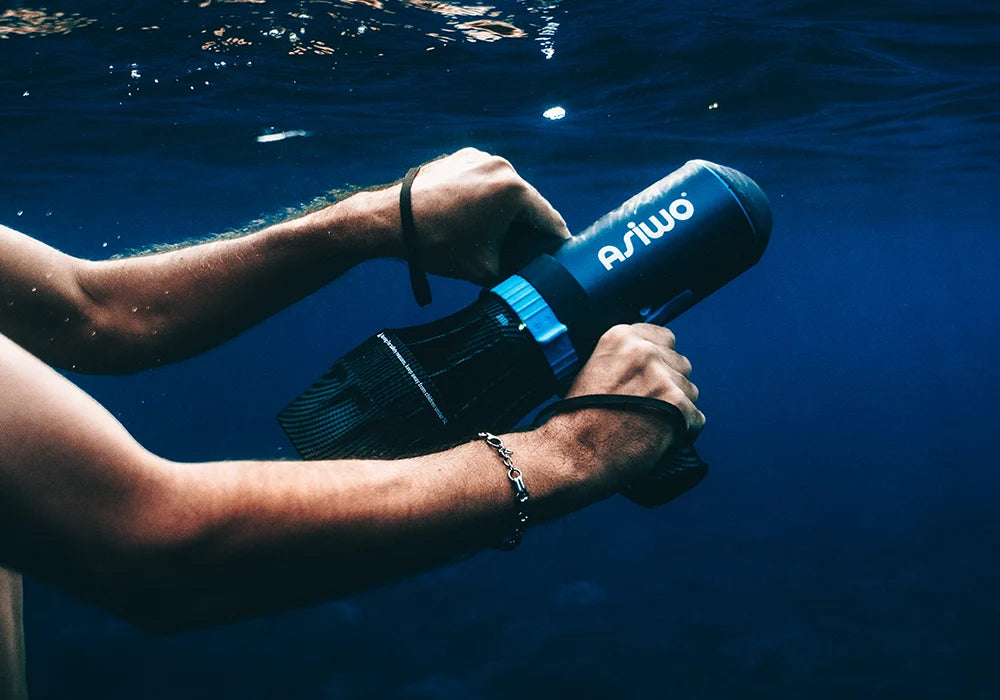




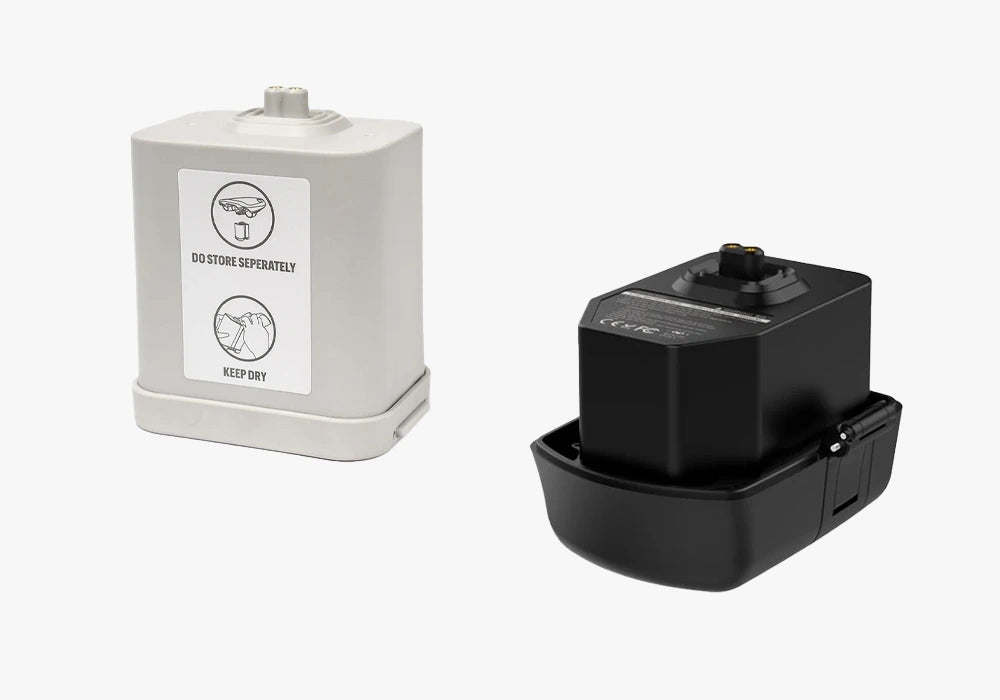




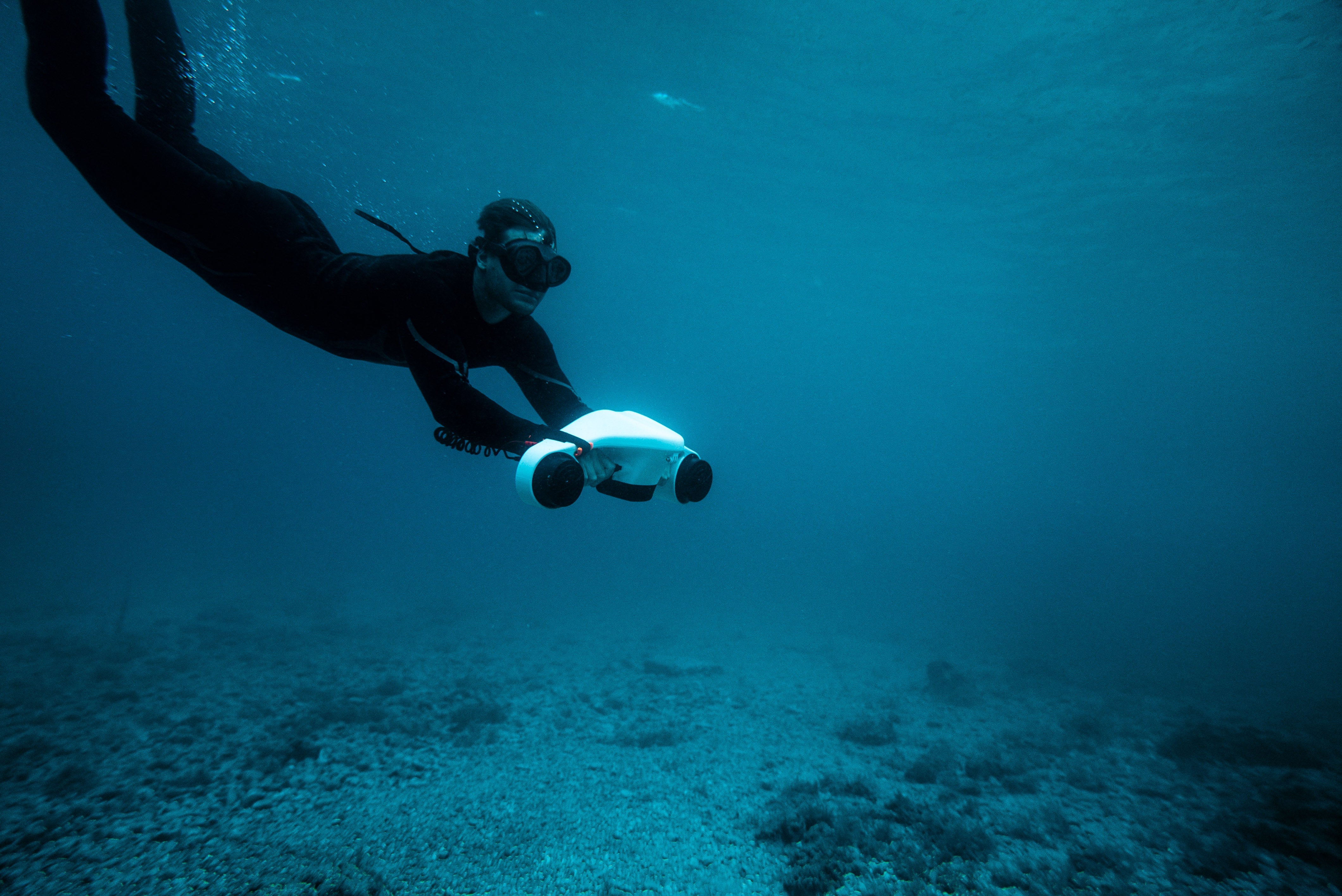
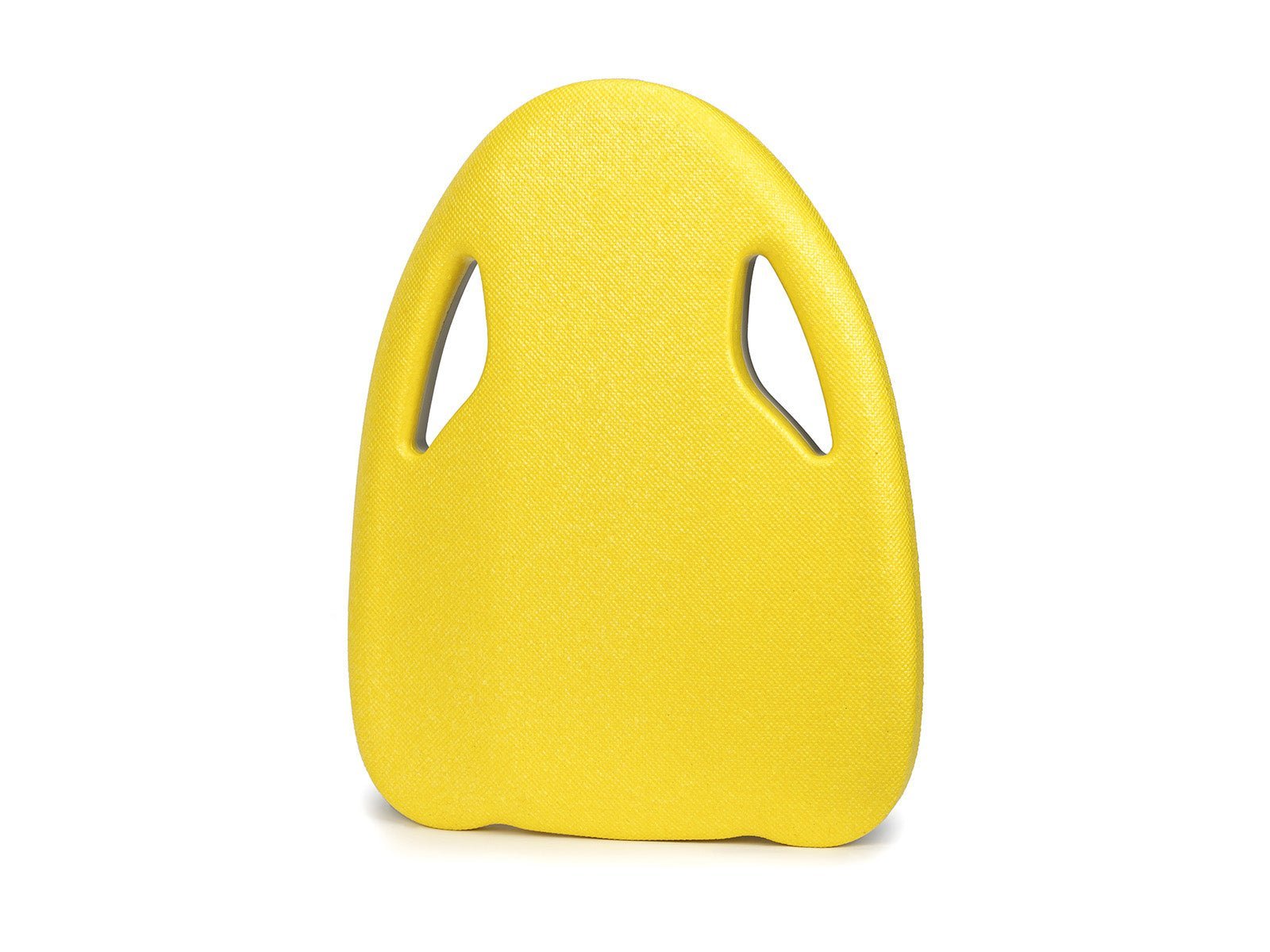
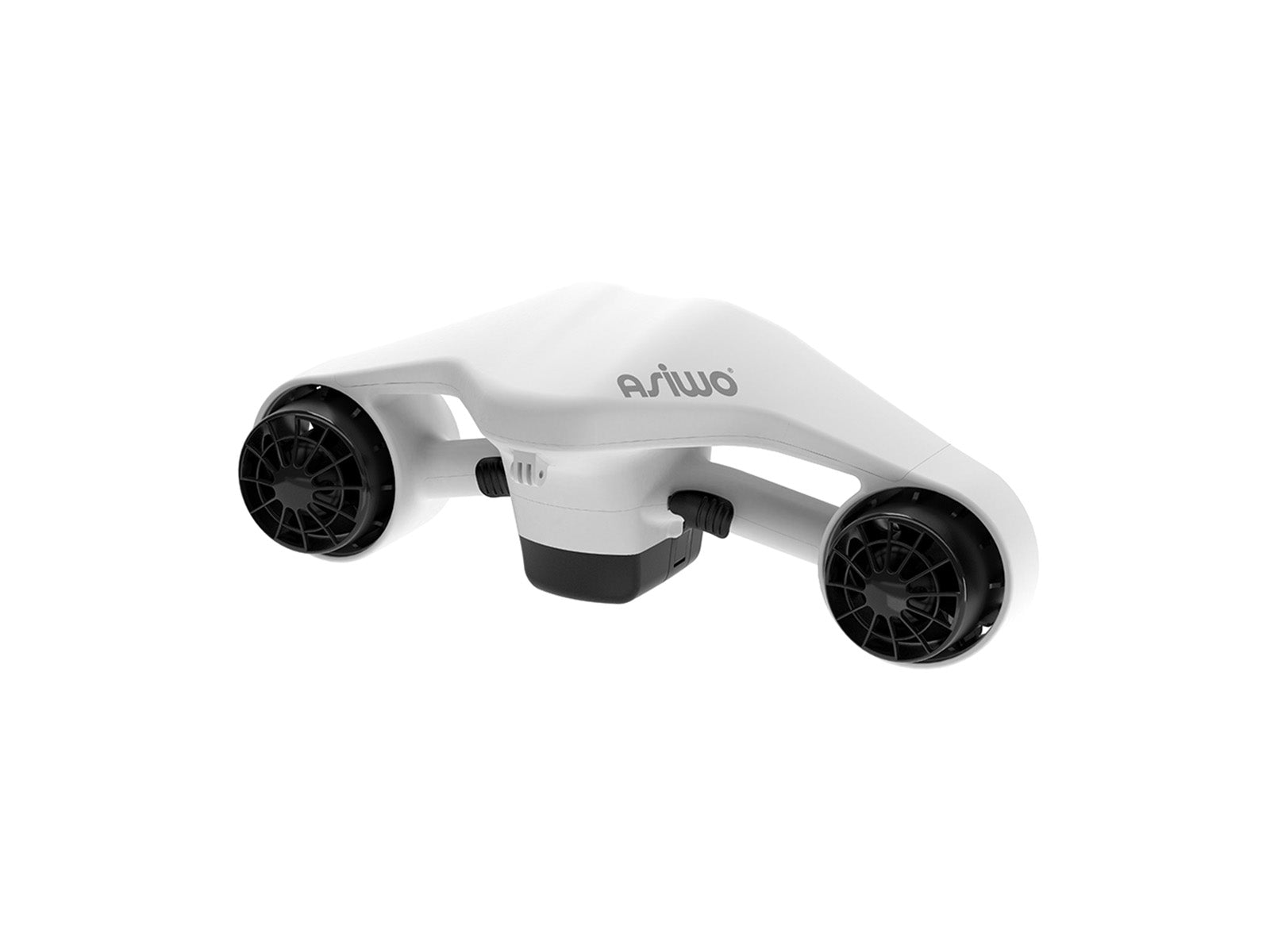
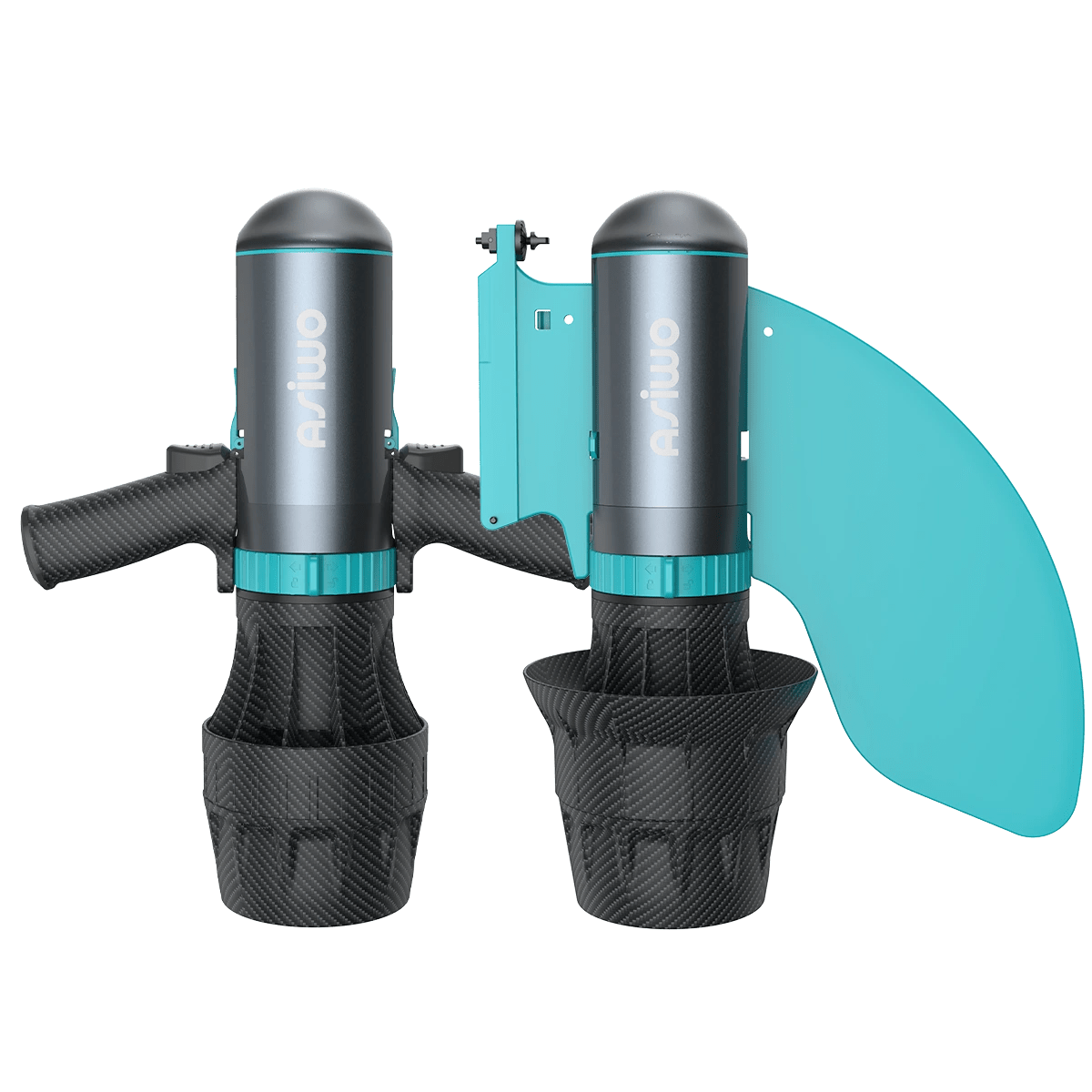




Dejar un comentario